Medical drone set to be a game-changer for Indigenous health
It’s sleek, red, and will soon be sailing through the sky with the end goal of delivering faster healthcare across outback Australia.
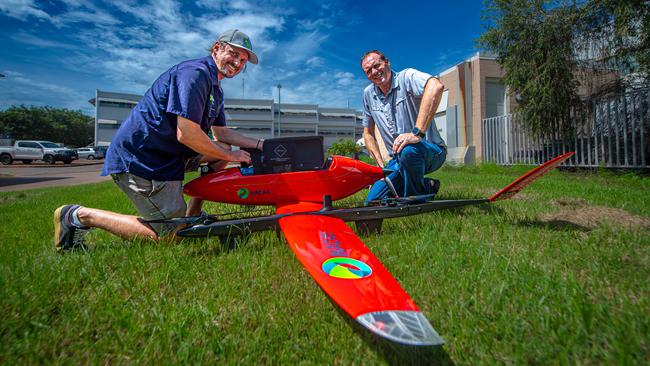
The roads of the Northern Territory can be treacherous even at the best of times. Throw in some estuarine wildlife and wet season downpours and they can quickly become impassable.
Locals are used to it, but that doesn’t make it any easier.
The unpredictability can also be a logistic nightmare, especially for those trying to deliver essential services. While there are alternatives, they’re expensive and involve lots of moving parts, leaving plenty of room for error.
These are also areas where the burden of disease is high and access to medical care can be low. Data from the Australian Bureau of Statistics shows that while life expectancy has been improving for Aboriginal people living in the NT, the gap between Indigenous and non-Indigenous mortality remains. Chronic disease, including coronary heart disease, diabetes, dementia and mental health, are all concerns.
Distance is a complicating factor that means communities struggle to access the same level of healthcare that’s offered in metropolitan areas. While technology will not solve the ongoing need for improved care in remote areas, it can be used as an additional tool to help.
Soon, a unique trial will begin in the NT that could offer some of that relief. A large drone, known as a bibi plane, will be used to transport medical supplies between the remote Aboriginal communities of Jabiru and Gunbalanya in west Arnhem Land. Test flights will begin in April, with a full three-month trial to start in August.
The road between the two communities is rough, unsealed, and includes Cahills Crossing where an active crocodile population and large tides can make for a hazardous drive.
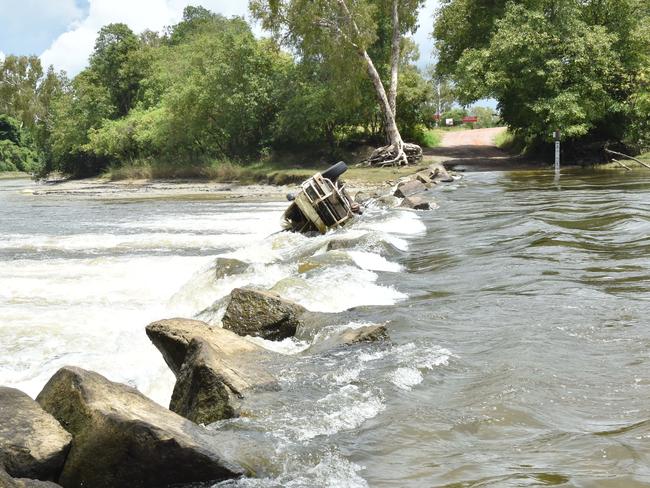
“Road access to Gunbalanya is severely restricted, meaning all medical transport must be done by plane, which is a hugely expensive and inefficient process,” says Brad Palmer, CEO of Red Lily Health Board, which is due to take over management of the Gunbalanya Health Centre.
“Reducing the response time from two days to 30 minutes could be life-changing,” he says.
“We are excited by the doors this project could open for our region, and the Gunbalanya community shares that excitement.”
The bibi plane has a small storage compartment, capable of carrying 3kg of temperature-controlled cargo, and flying for 80km. However, for this trial, it will only need to fly about 57 km.
Part of the work has included conversations with communities to ensure the project is delivered in a culturally appropriate way.
“The board and community are excited to see the difference that the project can make to residents in our region who regularly contend with weather events and poor resources in very remote circumstances,” says Red Lily Health Board deputy chair Marcia Brennan.
The bibi plane will deliver medical supplies, test results, and pathology samples between health clinics in the two communities. It is expected each trip will take about 30 minutes to complete, with cargo to be loaded and offloaded by medical staff at either end and the plane’s battery changed.
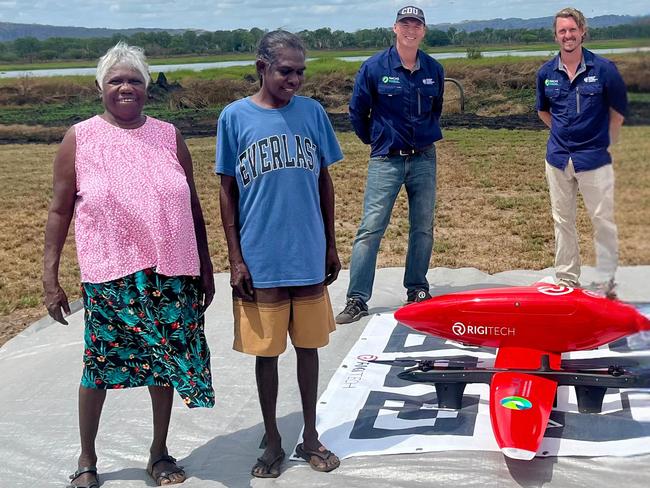
The proof of concept trial is a joint project between Red Lily Health and Charles Darwin University, supported by $796,000 in federal funding.
Hamish Campbell is the project lead and director of the university’s North Australia Centre for Autonomous Systems.
“I think there’s a lot of unique challenges that are both regulatory and under the social licence for actually working with remote communities and Aboriginal corporations,” Professor Campbell says. “That’s really what makes it quite unique. The lessons from this will advise what happens right across Australia.
“Right now, there’s a lot of daisy chaining. Products go into an aircraft, and then they go in a vehicle, and they might go somewhere else first, and they get passed along a chain before they end up at the clinic. Obviously, chains break, particularly in the wet season. What this is doing is setting one single pathway.”
Professor Campbell says the group will be taking lessons learnt from overseas where autonomous drones are used to deliver goods to remote areas. Drones have already been used in parts of Australia for medical purposes, but sustaining them has proven to be an economic challenge.
There is hope that, if the trial is successful, it could be rolled out wider afield. However, Professor Campbell says that would require it to be scaled up, potentially with support from philanthropy.
“It’s going to need government money to fund it because it’s expensive at the start,” he says.
“We’ve got one pilot to one drone. But ultimately you could scale up and have one pilot to 30 drones, and once you get to that it becomes much more economically viable and probably a lot cheaper than what we’re doing.
“This sort of thing will really become viable when the drones can fly further and they can carry larger – significantly larger – cargo payloads.”
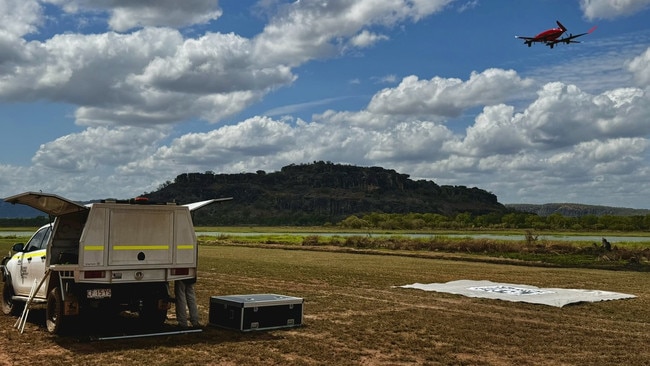
That is certainly the hope of John Paterson, the chief executive of the Aboriginal Medical Services Alliance Northern Territory, of which Red Lily Health is a member. He says the drone technology could become another tool used to help deliver healthcare in a more efficient way to some of the most remote areas.
“This innovation could be game-changing for remote Aboriginal healthcare,” Dr Paterson says. “Faster medication access and quicker pathology results directly address the health inequalities caused by remoteness.
“The learnings from this three-month project can work to build a sustainable, cost-effective and culturally appropriate solution to medication delivery in some of our hardest to reach communities, ultimately contributing to better overall health outcomes for Aboriginal people and communities.”


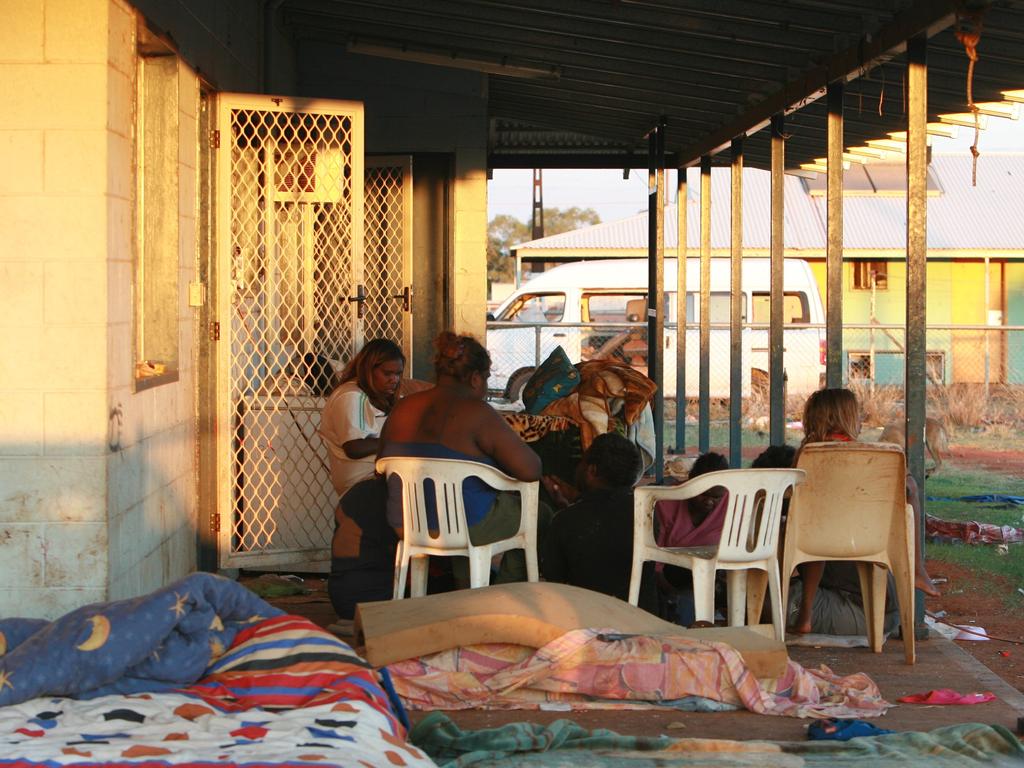


To join the conversation, please log in. Don't have an account? Register
Join the conversation, you are commenting as Logout